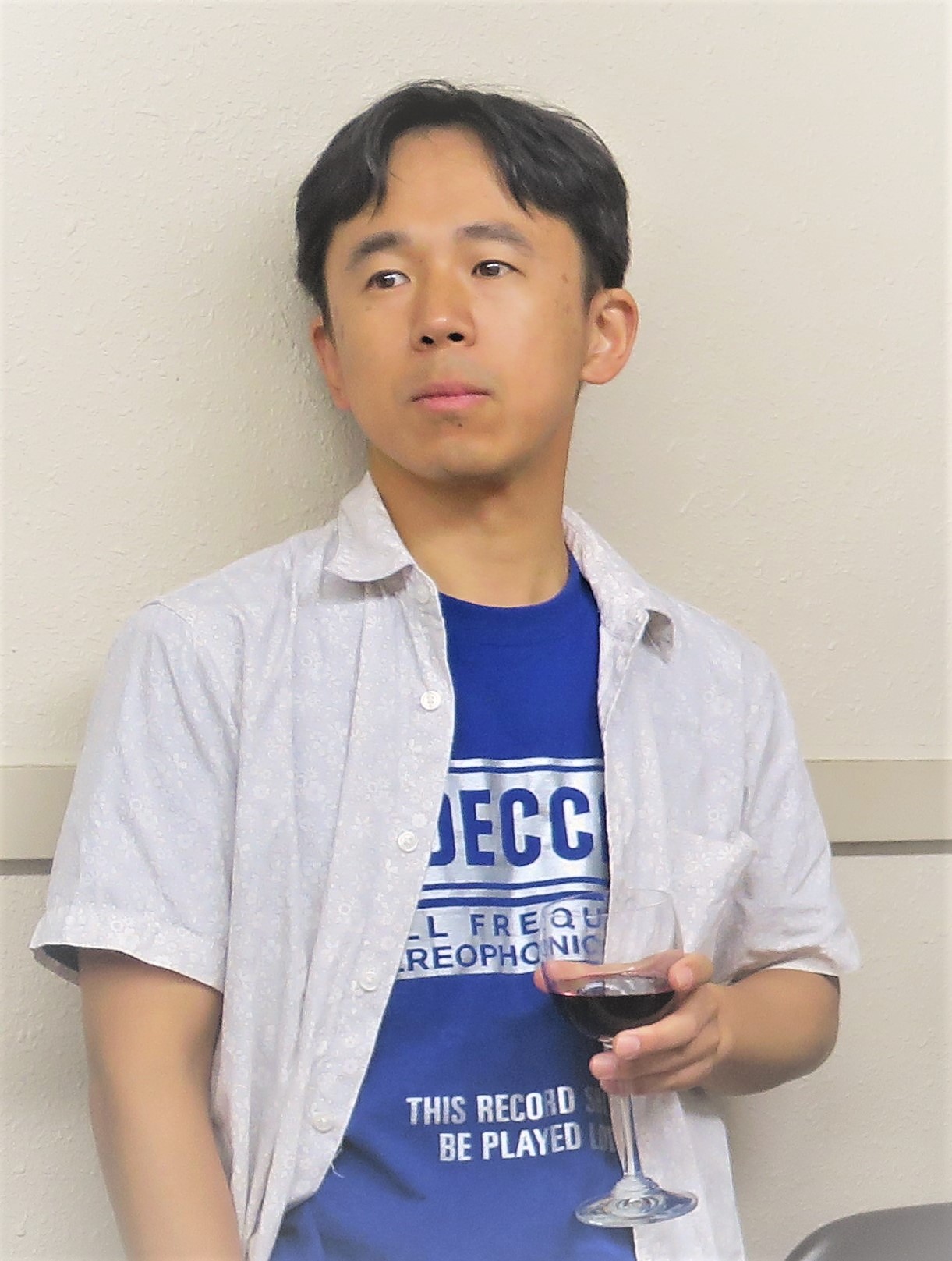Satoshi TSUNODA, PhD 
Research Themes
• Molecular function studies of ion-transporting rhodopsins such as channelrhodopsins (ChRs) using electrophysiology (e.g., patch-clamp method)
• Development of gene therapy for visual disorders such as retinitis pigmentosa
• Development of novel light-functional molecules for optogenetics applications
• Molecular function studies of enzyme rhodopsins
Research History
2020~2023
At OiDE OptoEye Inc., a startup originating from Nagoya Institute of Technology, engaged in open innovation research on gene therapy drugs for innovative vision restoration targeting patients who have lost their sight, aiming for the treatment of retinitis pigmentosa. This research was conducted in collaboration with Daiichi Sankyo Co., Ltd. and Mitsubishi UFJ Capital Co., Ltd. After three years of research and development, the initial research goals were deemed to have been achieved, leading Daiichi Sankyo to acquire all shares of OiDE OptoEye.
2016~2020 Researcher at JST PRESTO program "Optical Manipulation Technology for Elucidating Biological Function Mechanisms."
Research project: "Exploration of Vision Restoration Using Novel Enzyme Rhodopsins."
Conducted fundamental research on optogenetic-based therapies for retinitis pigmentosa.Developed new optogenetic tools (biomolecules) for elucidating disease mechanisms and developing therapeutic methods by controlling neural activity with light. In particular, analyzed the function of light-sensitive proteins that allow precise optical manipulation of intracellular second messengers and established optical control methods for intracellular signal transduction.
2014~present Associate Professor at Nagoya Institute of Technology (Guest Associate Professor from 2016 to 2020).
Developing novel optogenetic biomolecules for controlling neural activity. Aiming to create molecules with enhanced light sensitivity compared to Channelrhodopsin 2 (ChR2), widely used for optical excitation and inhibition of neurons, as well as novel light-inhibitory molecules. Main research methods include in vitro/ex vivo electrophysiology, biochemistry, and molecular biology techniques.
2012~2014 Affiliated with the Department of Neurobiochemistry, Goethe University Frankfurt, Germany, in the laboratory of Prof. Alexander Gottschalk.
Studied optogenetic control of neural activity using the nematode C. elegans. Developed light-activated biomolecules for optogenetic research using electrophysiology, fluorescence imaging, and molecular biology techniques.
2005~2012 Affiliated with the Institute of Biology, Humboldt-Universität zu Berlin, Germany, in the laboratory of Prof. Peter Hegemann.
Investigated the function of channelrhodopsins and pump-type rhodopsins. Developed light-activated biomolecules for optogenetics research. Conducted optogenetic control of neural activity using electrophysiology, biochemistry, and molecular biology techniques.